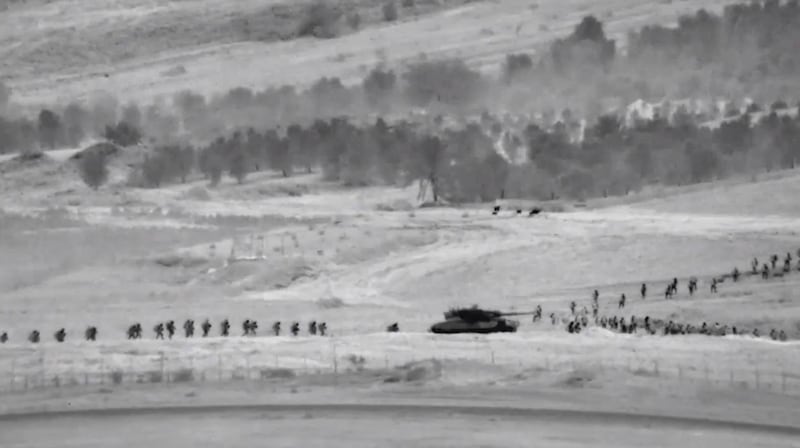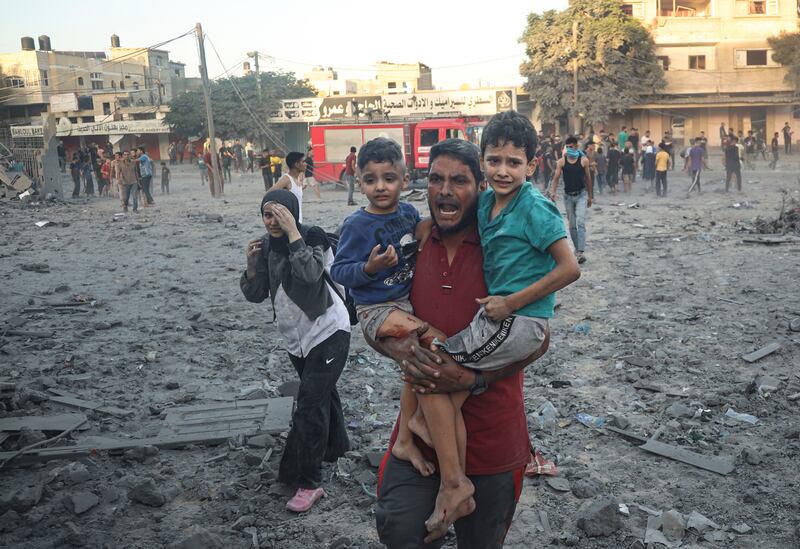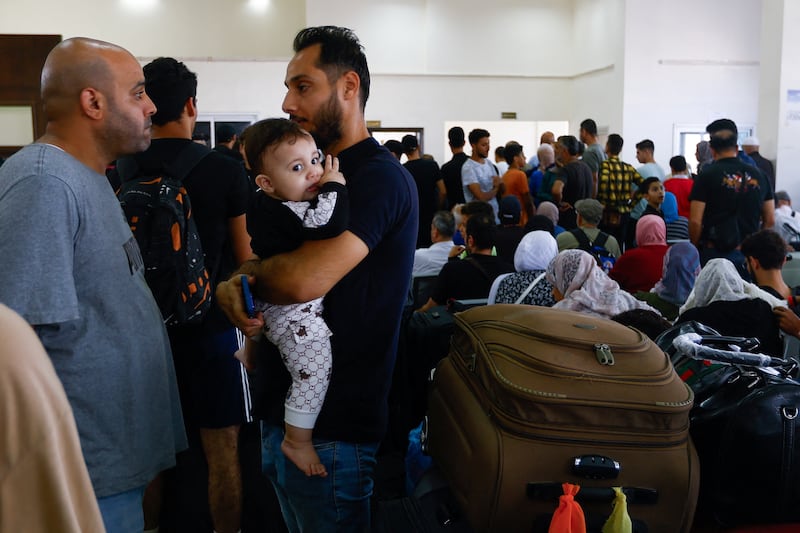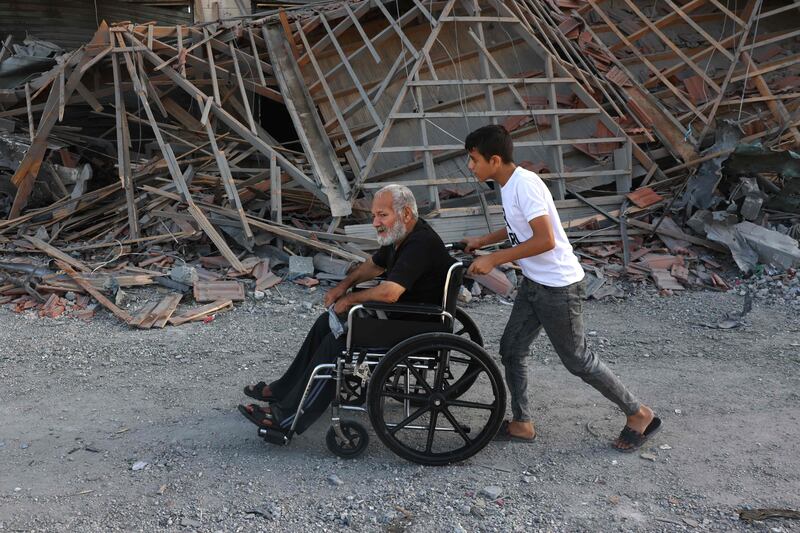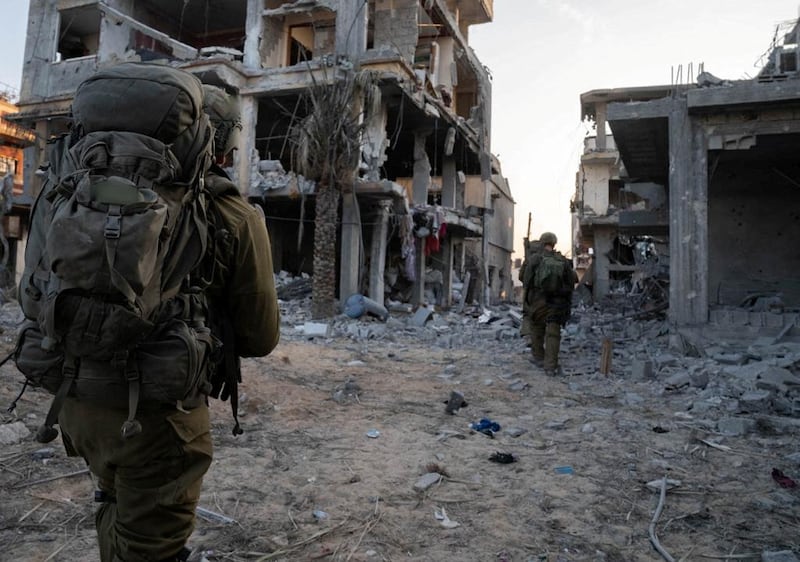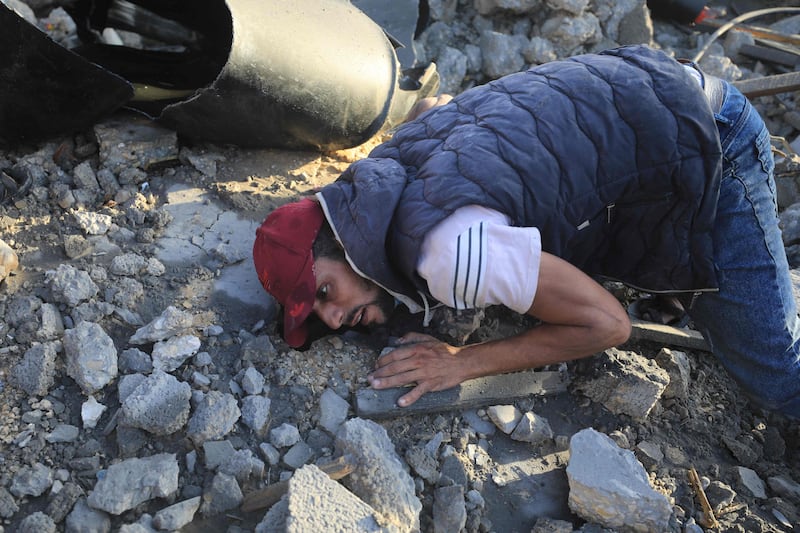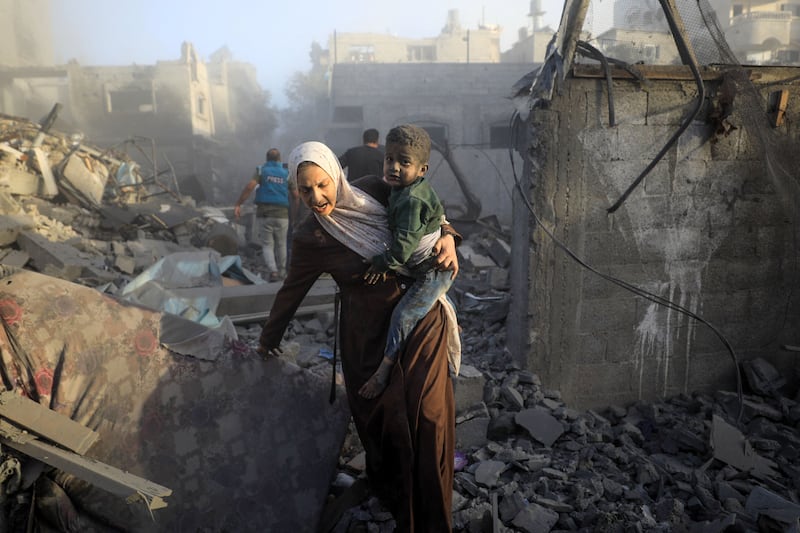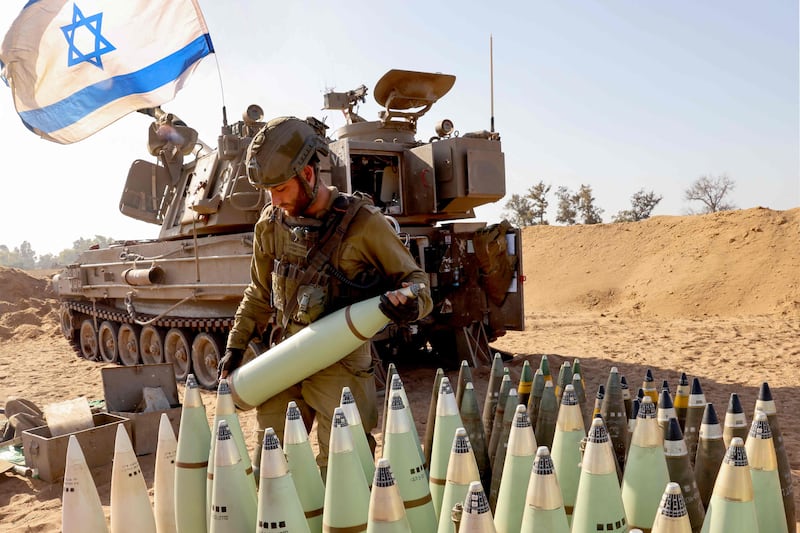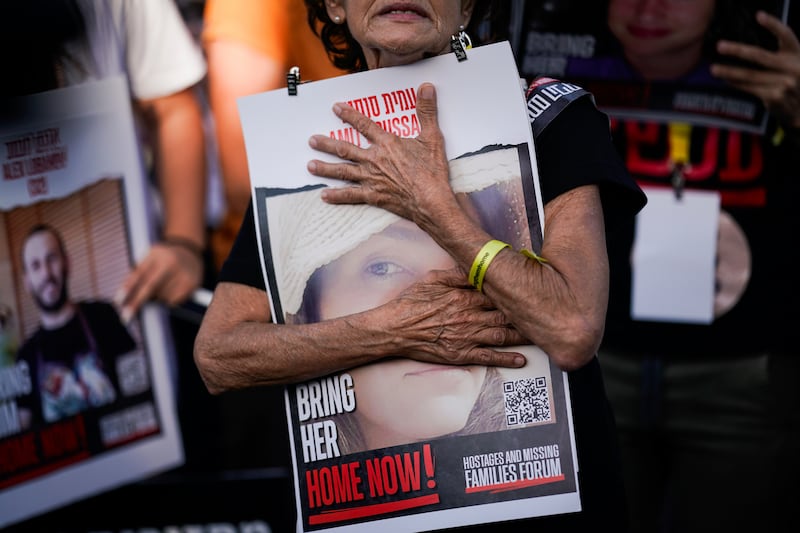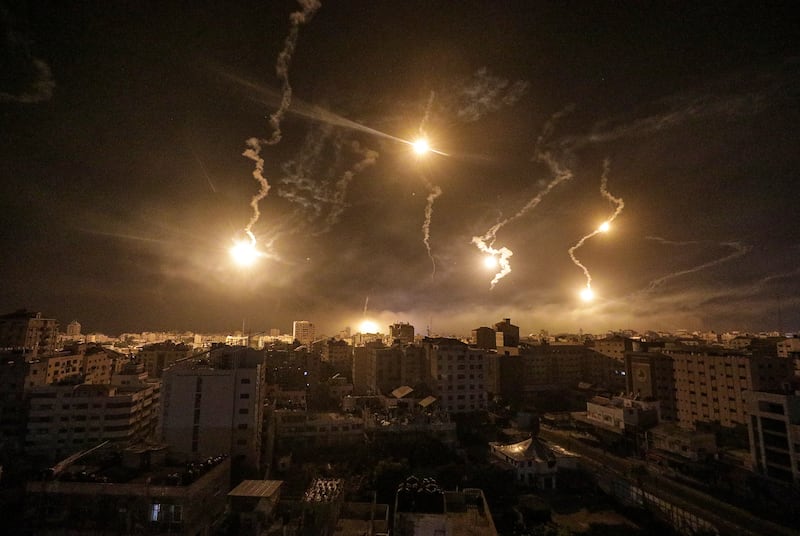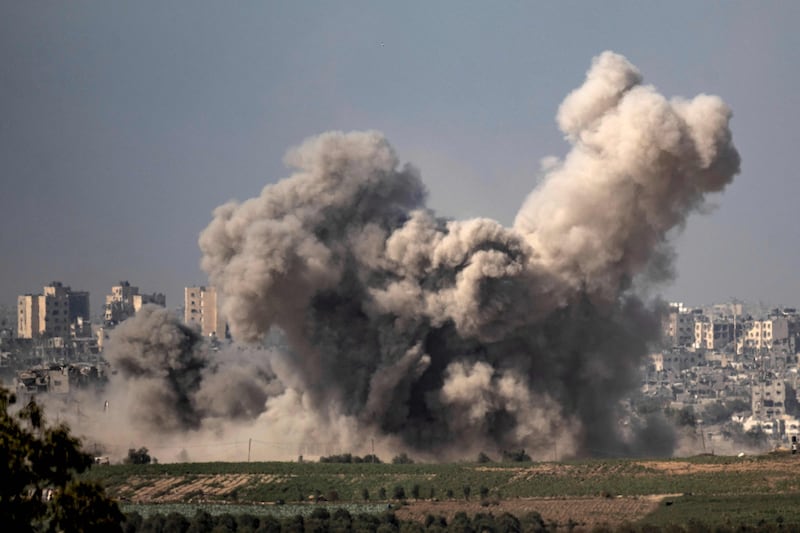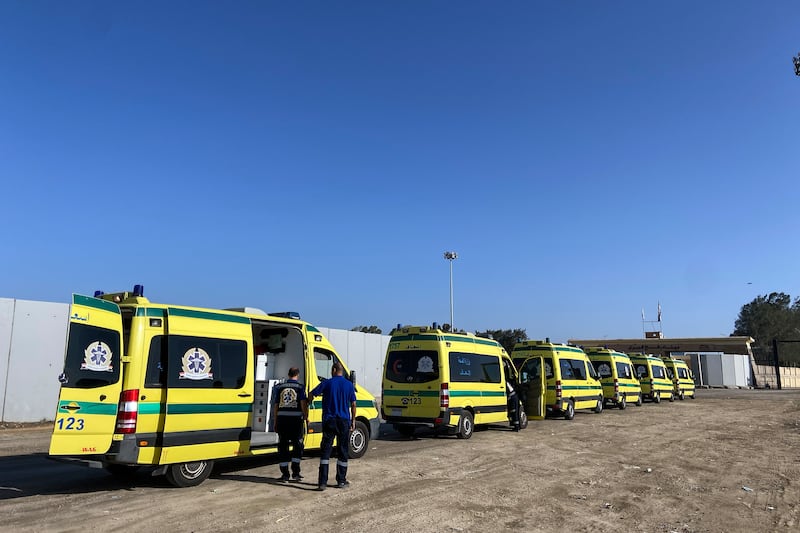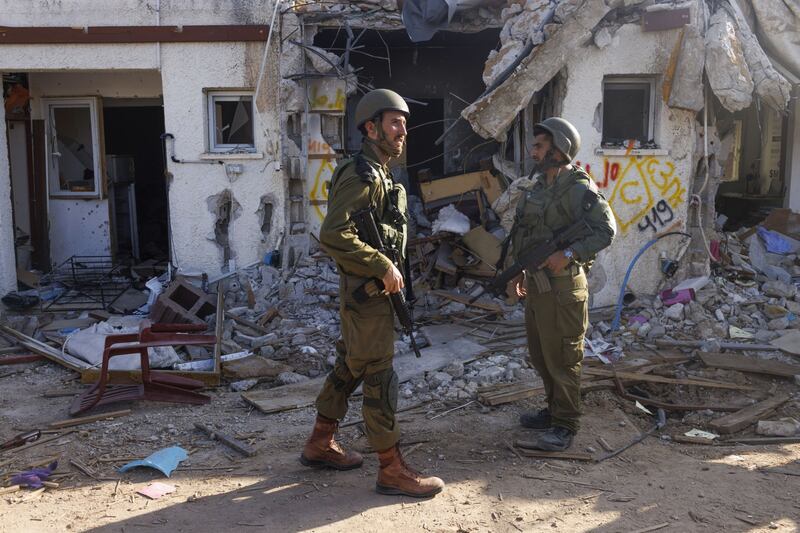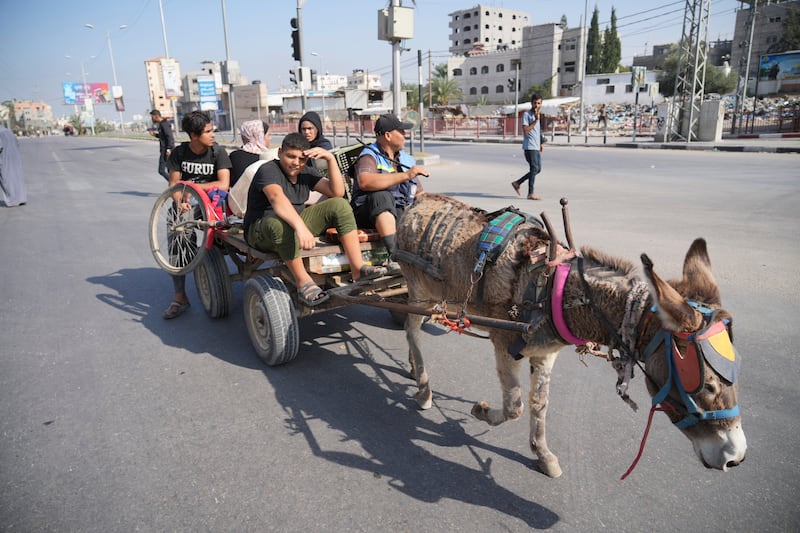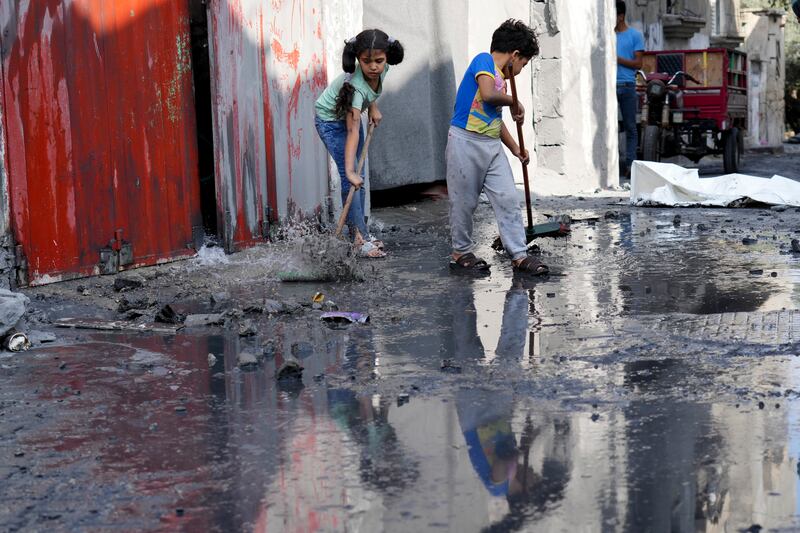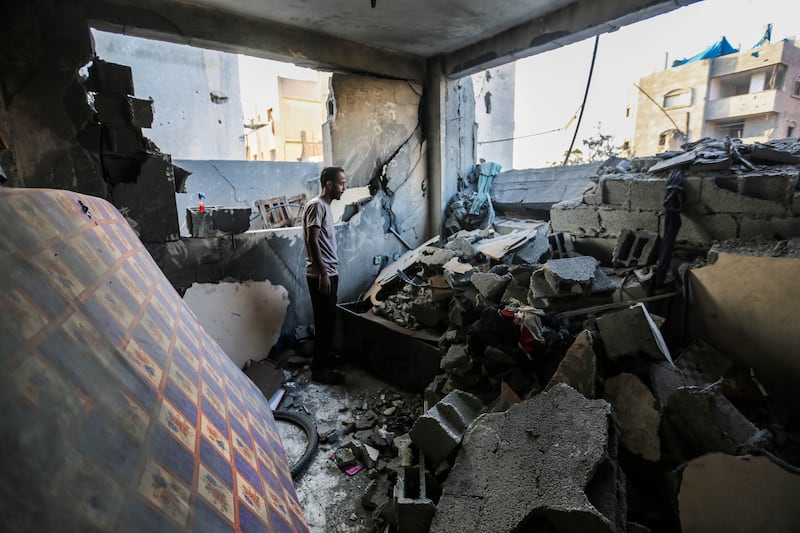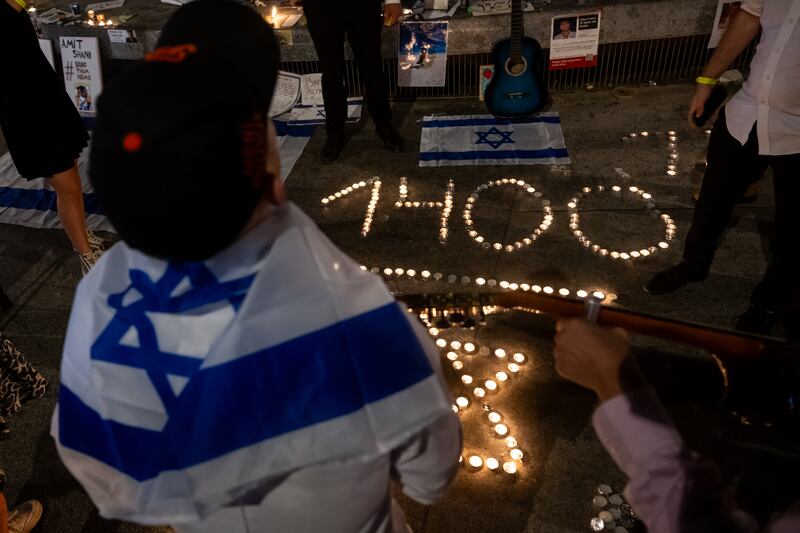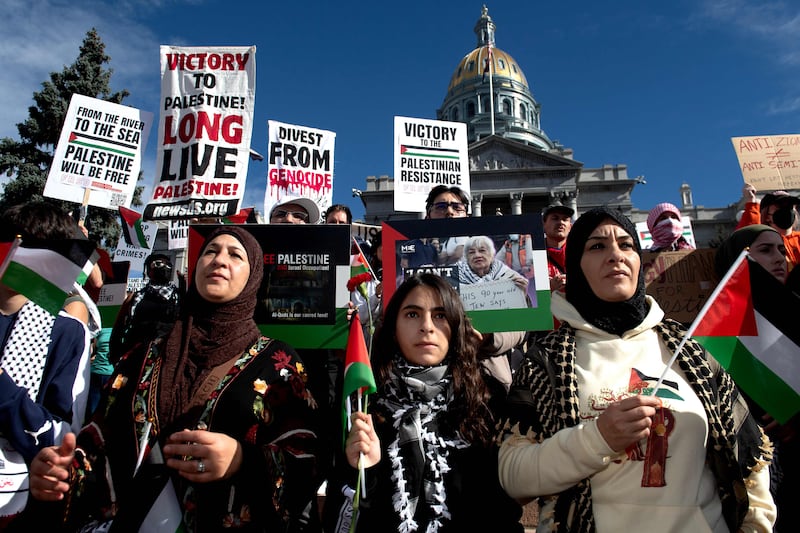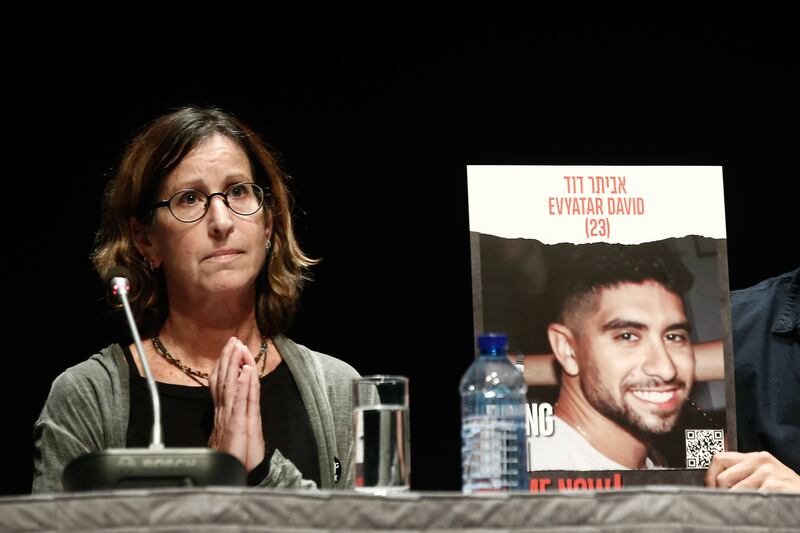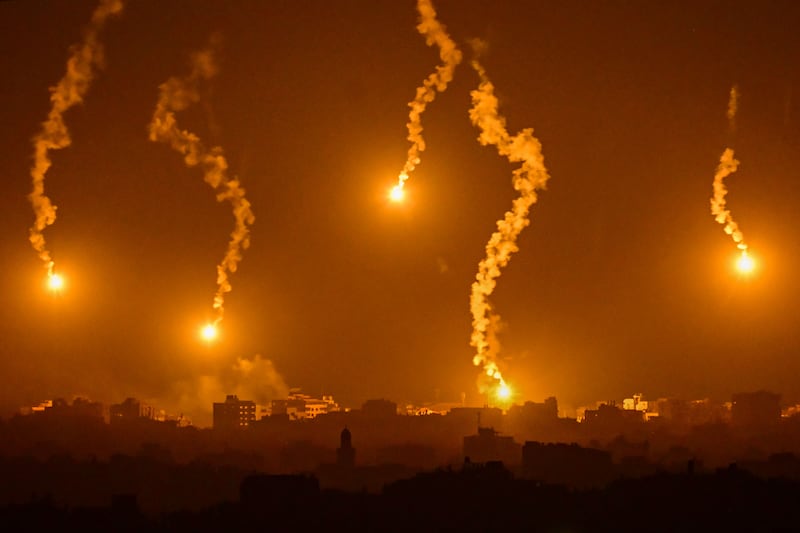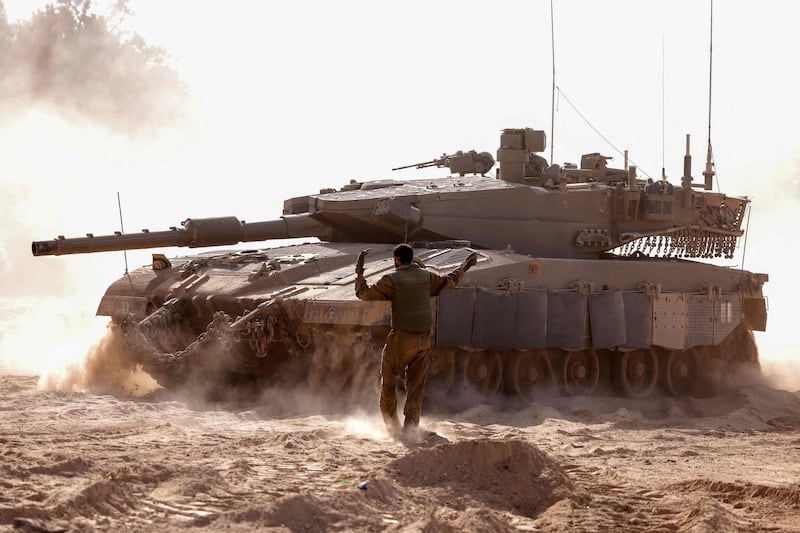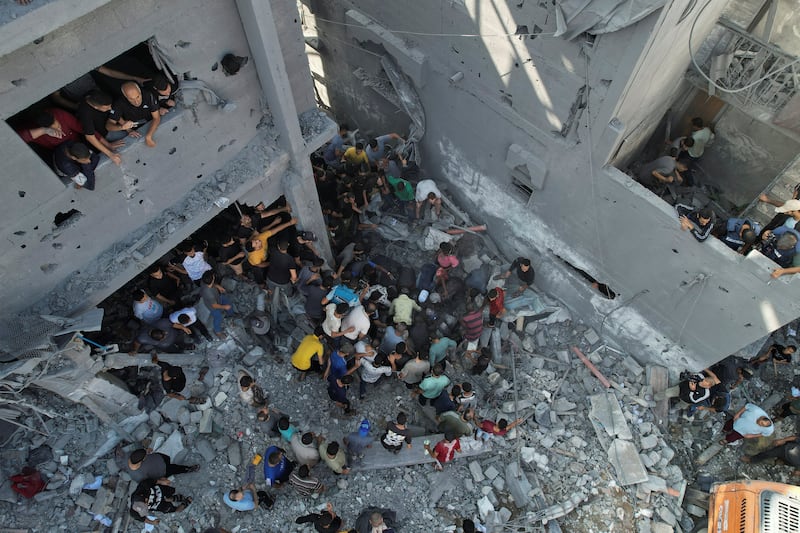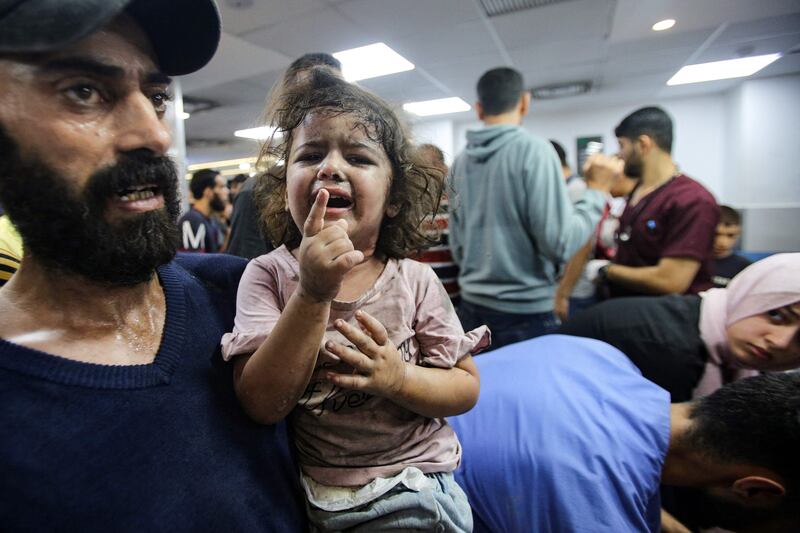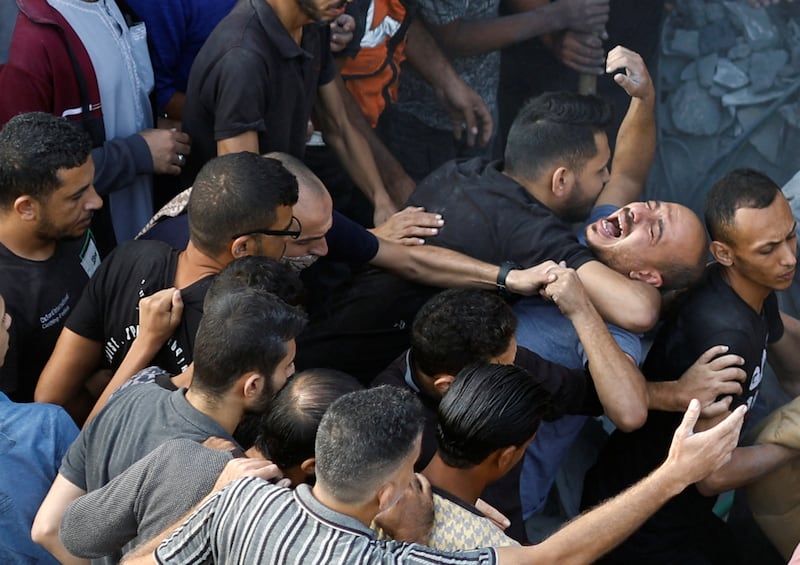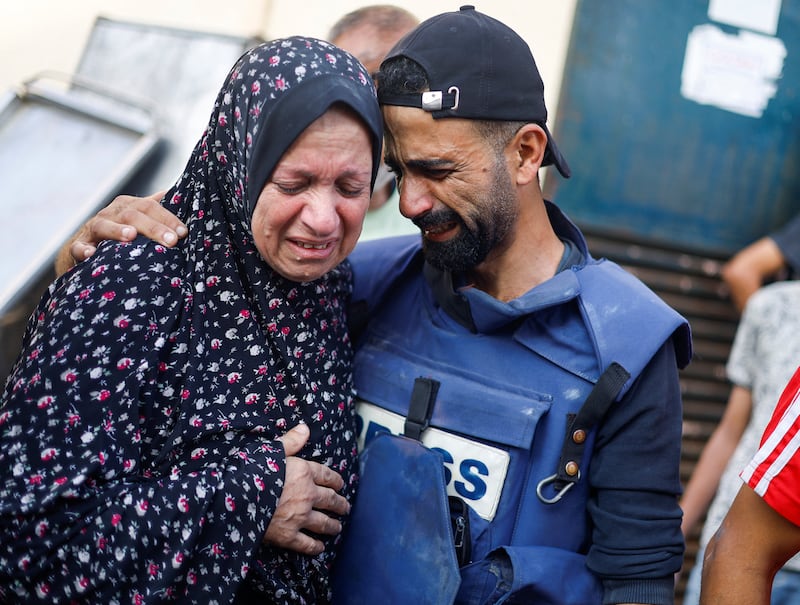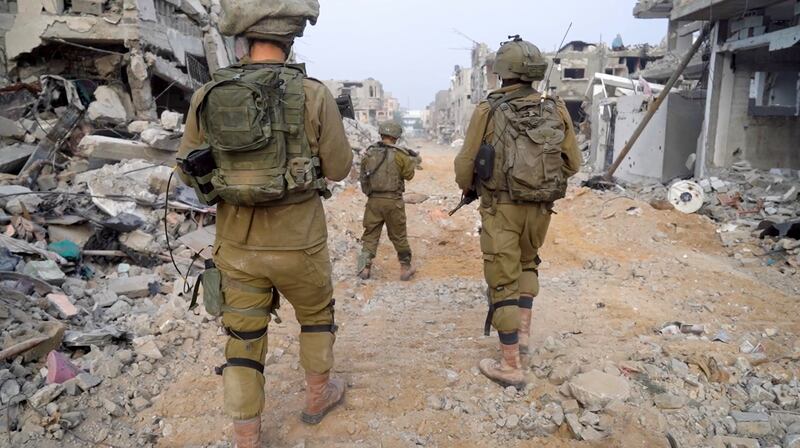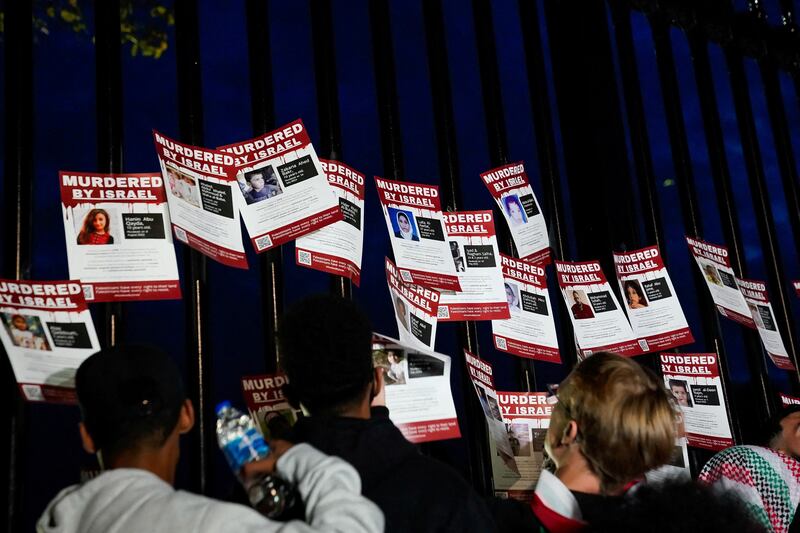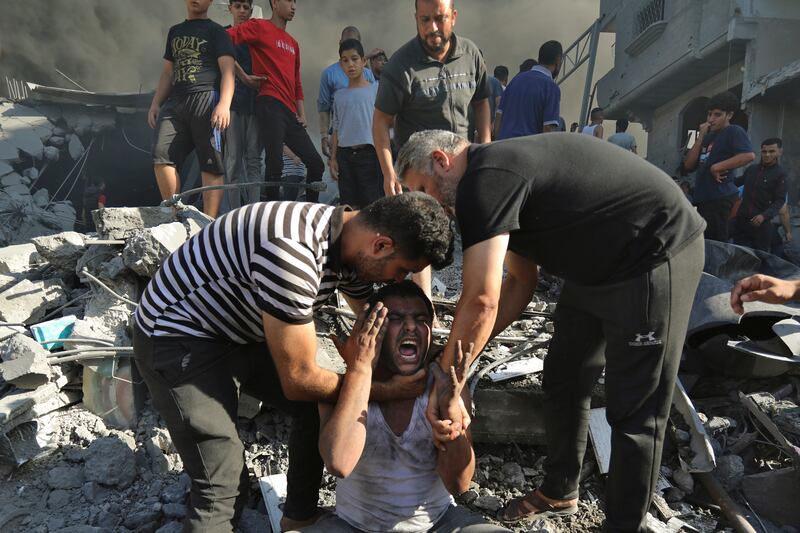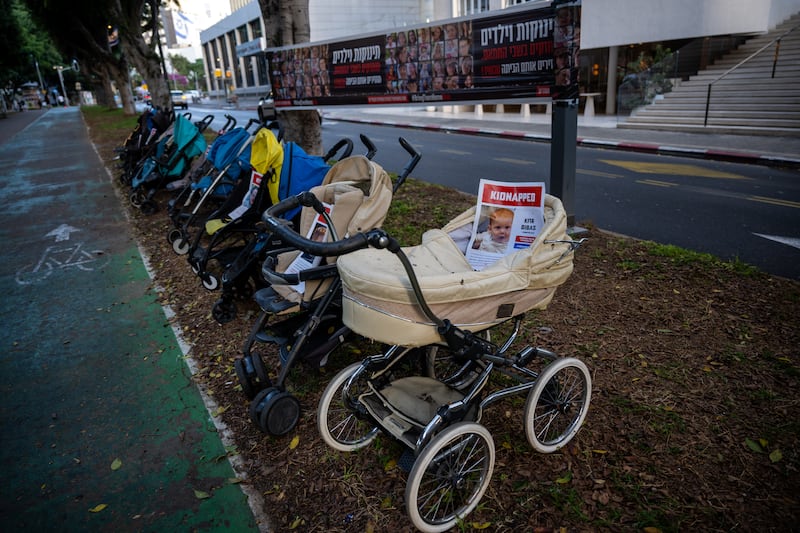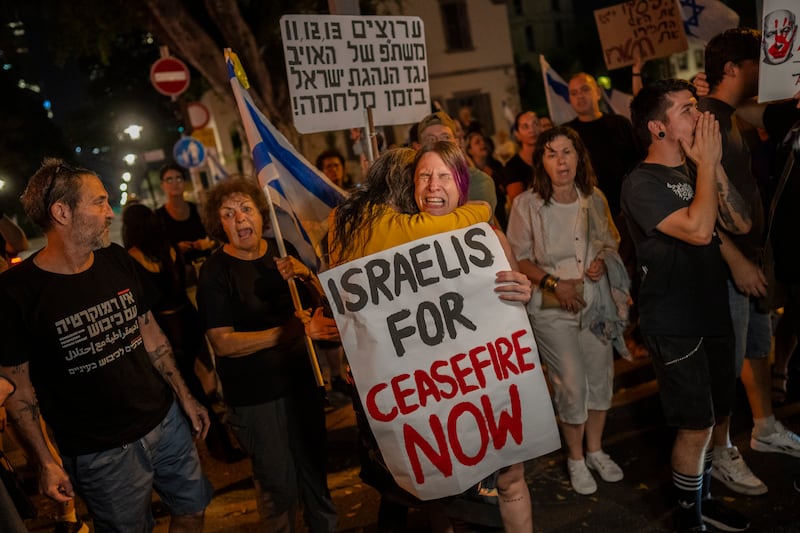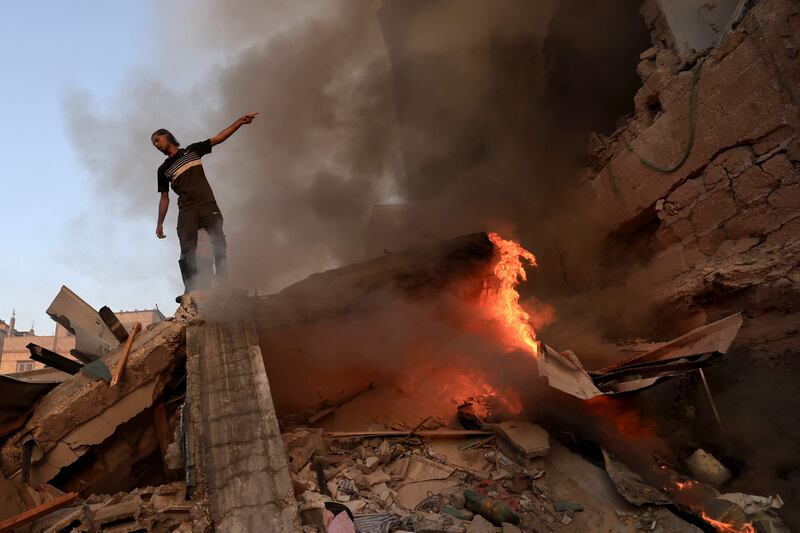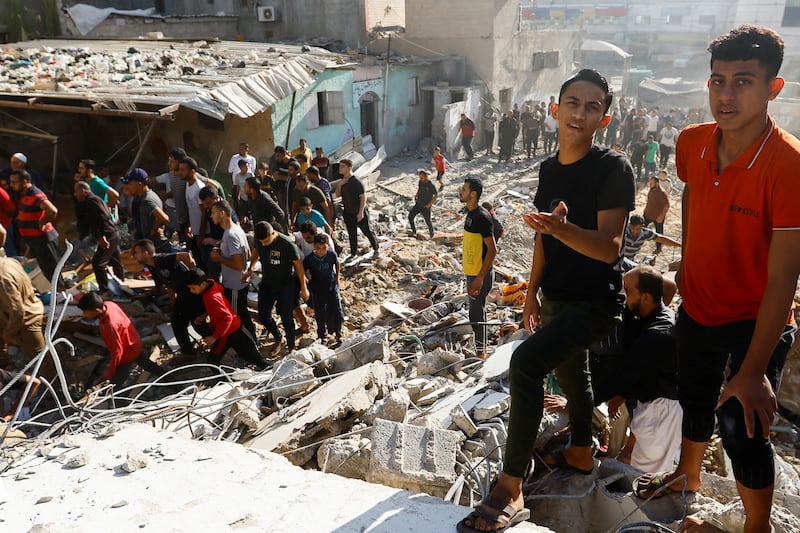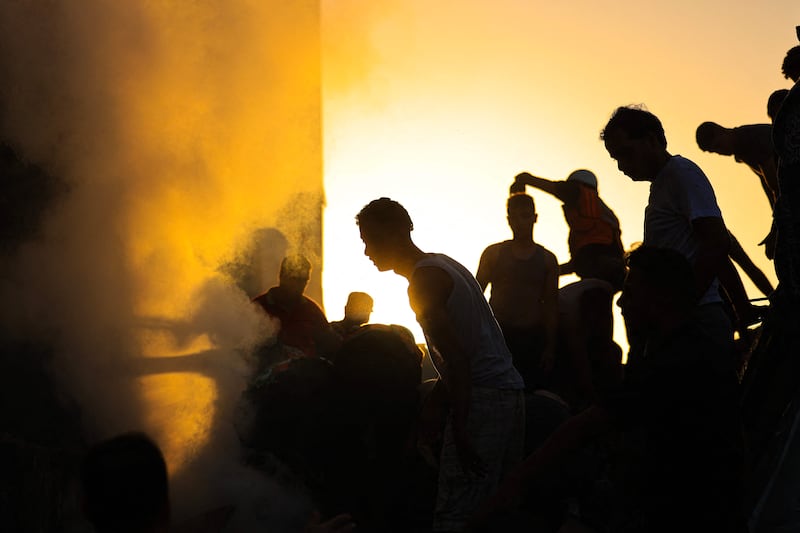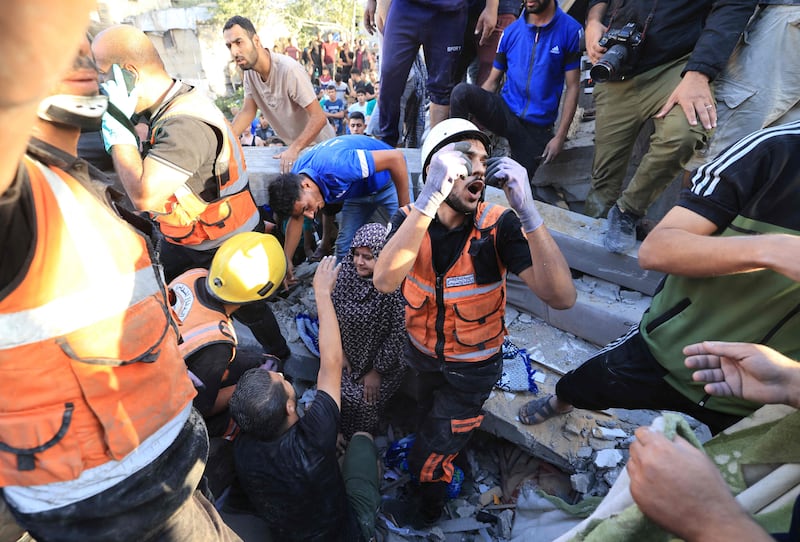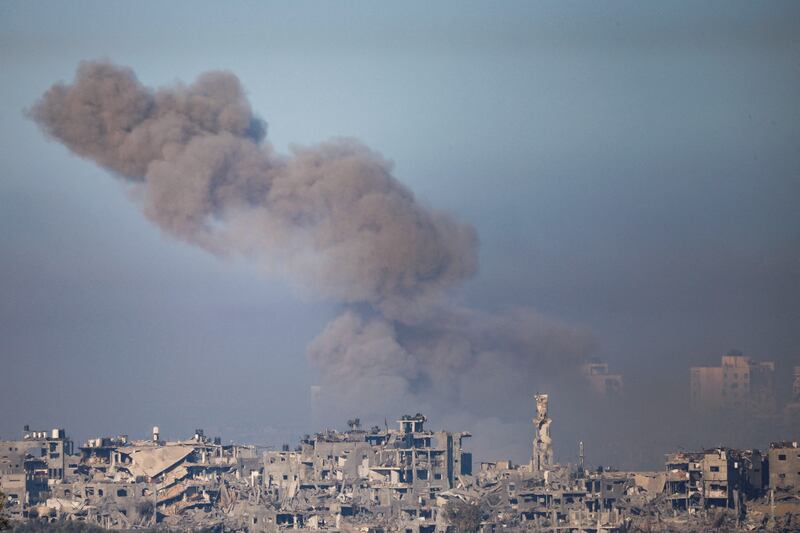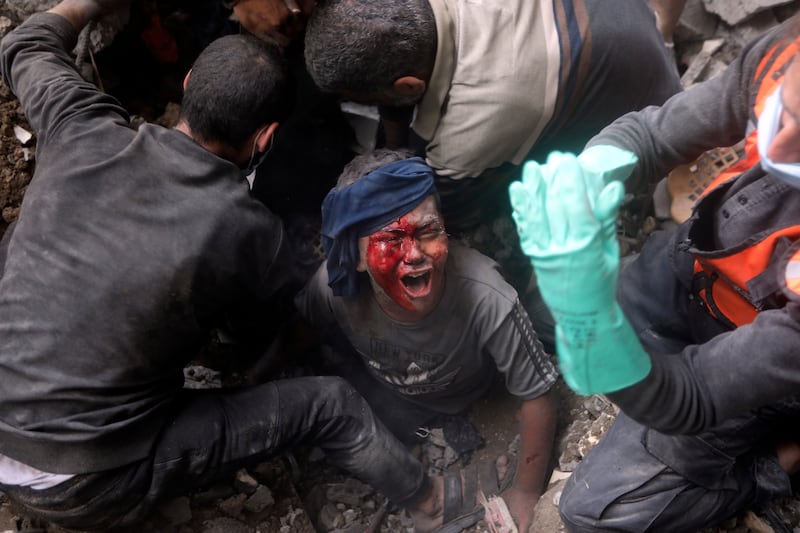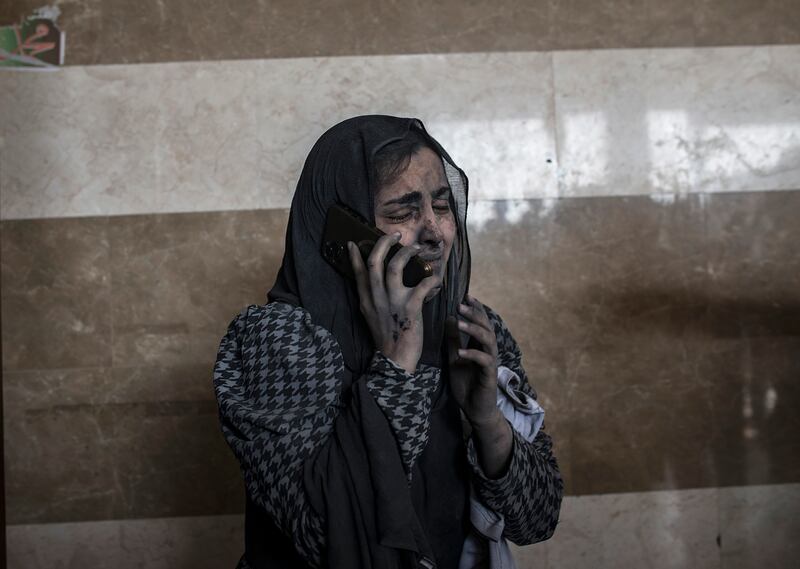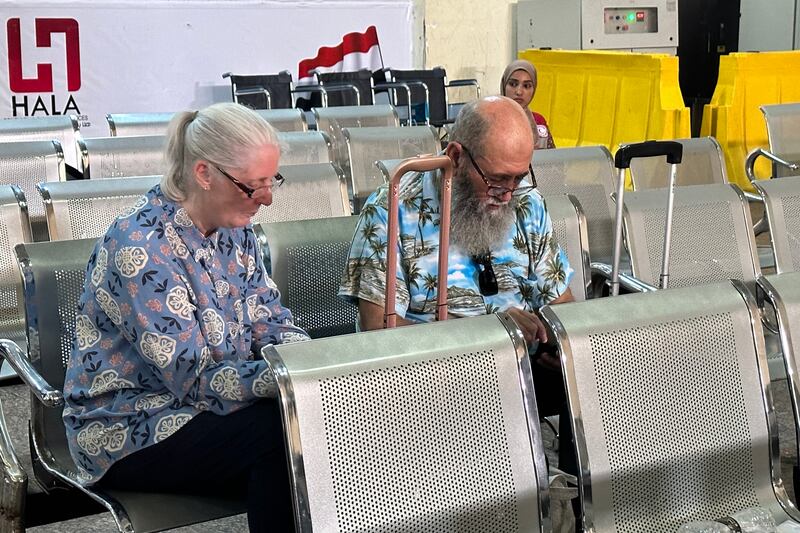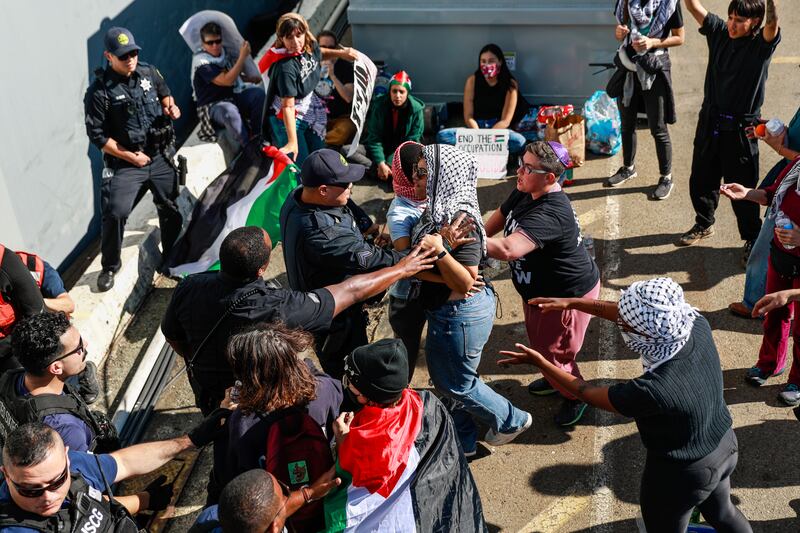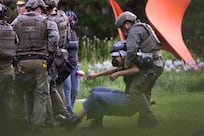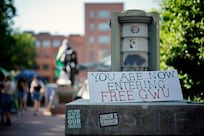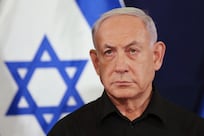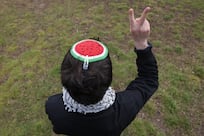Deterrence has dominated Israel’s Palestinian policy for decades, but the current conflict highlights the inevitable contest with escalation that this involves.
Even as these two drivers – deterrence and escalation – indicate the nature of the war and might point to its duration, the concentration on the suffering in Gaza and the deprivation of the siege dominate how this conflict is viewed around the world.
In clinical terms, what Israel is seeking to achieve with its military operations since October 7 is a restoration, or improvement, of the deterrence status beforehand. Statements from its leadership suggest that it seeks to remove Hamas operations from inside Gaza.
But even with the same goal, Israel’s previous wars with the group – since its withdrawal from the enclave on unilateral terms in 2005 – have been much more limited in scope.
And yet one aspect of this escalating need to crush Hamas is that the duration of the current conflict is likely to be much longer, alongside the far greater intensity than we have seen in the past.
All of Israel’s offensives on the territory of more than two million people have borne ominous names replete with heavy intent – starting with Operation Summer Rains in 2006, through Operation Cast Lead in 2008, Operation Pillar of Defence in 2012, Operation Protective Edge in 2014, and now Operation Iron Swords.
The trajectory of the conflict may have been shaped by these onslaughts, but the conflict itself had not fundamentally changed on October 7. Whether or not anything is different this time, therefore, rests on that interplay between deterrence and escalation.
That is a depressing outlook for diplomacy and efforts at mediation centred on Gaza. The humanitarian needs – and under international law, these are immutably protected – are trammelled by the dynamic we are now seeing unfold from the command centres.
Just look at the TV sequencing on Friday when Hezbollah chief Hassan Nasrallah spoke while US Secretary of State Antony Blinken was in Israel. Mr Blinken made remarks about his talks with Israeli Prime Minister Benjamin Netanyahu.
Mr Blinken’s remarks in pursuit of a temporary pause on Friday and over the weekend show that America’s goals are shifting. After weeks of military operations, it seeks a window in the offensive to allow humanitarian aid and basic foodstuffs into Gaza. While not challenging Israel’s operations head on, the Americans are now requesting limits on actions on the ground.
Mr Netanyahu took to the airwaves to give not an inch to the US as it pushed for changes in Israel’s campaign. There would be not relenting until the hostages were returned, he said.
A line in Nasrallah’s remarks encapsulated the moment for me. He declared that the Lebanese front in the campaign was “open” and said he was speaking with “all transparency, clarity and ambiguity”. That is deterrence and escalation all in one to me – especially as the Hezbollah leader then said he may use his options “at any time”.
In fact, Israel’s deterrence in Gaza and Lebanon is built on common traits. It has withdrawn from both areas and built fences and cordons to seal off infiltration.
The advent of rocket and missile warfare has translated to the striking of its opponents or pursuit of retaliation and control over tunnels. Both these activities in areas where people live has inevitably meant innocent casualties. Deterrence has, therefore, been much harder to achieve.
In the case of Lebanon, there is the wider factor of Iran and Israel’s deterrence against Tehran. Ultimately, Hezbollah’s calculus is set by Iranian leaders’ calculation of how it might withstand a blowback from Israel if the conflict on the northern front goes beyond normalised parameters.
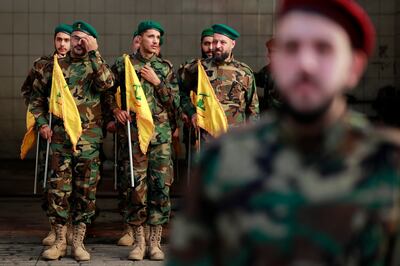
That is one reason why deterrence against Hezbollah has worked much better for Israel than it has with Hamas. The regular flashpoints with Hamas show that Israel’s grievances are much more direct, and that the deterrence factors are more fluid.
Escalation, on the other hand, means throwing out the normal trade-offs and taking on more risks. One Israeli source has said, for example, that there was a plan on Israeli command tables for a lightning offensive into Lebanon.
The goal of that would have been to catch Hezbollah unawares and achieve gains that would have forced the enemy to regroup. By pushing back, first the Israeli commanders would have hoped to insulate northern Israel from rocket and other attacks while the Gaza campaign was ongoing.
What it did, instead, was to evacuate key settlements along the border with Lebanon and restock the Iron Dome to ensure a cordon with the fighters to the north.
With Gaza, the strategy has been set out and draws comparisons with US-led operations against ISIS in Mosul and the American operations in Fallujah soon after the invasion of Iraq. For direct comparisons with Israel’s fight against the Palestinians, it is possible to go back to 1982 and its invasion of Lebanon that forced the PLO to flee to North Africa.
There is another factor beyond the twin forces of deterrence and escalation, and that is the pressure of social messaging and TV screens. Just about one month of images of death and destruction in Gaza has already passed.
Mr Netanyahu is staying the course and can rebuff even friends of Israel as close as Mr Blinken and his boss, Joe Biden. This state of affairs will become precarious at some point.
Deterrence and escalation cannot permanently exist in isolation from the toll of the damage inflicted and magnified on screens around the world.
